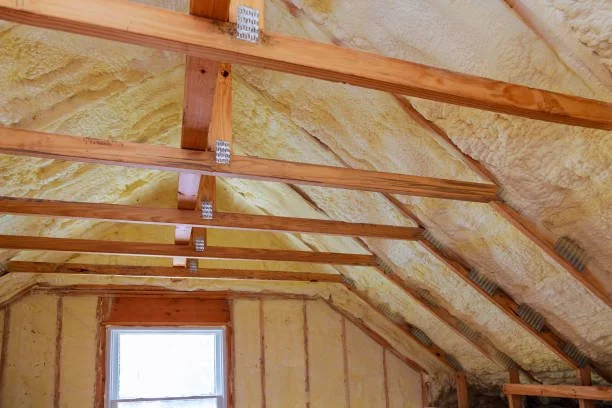4 Most Common Types of Attic Insulation: Pros and Cons
RH Business Marketing Solutions
Did you know the global insulation materials market will reach $167.5 billion by 2031?
Insulation is essential for maintaining a comfortable and energy-efficient home. The attic is one of the most critical areas where proper insulation is crucial. Properly insulating your attic can save you up to 20% on your energy bills.
Various types of insulation are available on the market, each with unique properties and benefits. In this article, we'll discuss the four most common types of attic insulation. Read on to help you make an informed decision for your home.
1. Fiberglass Insulation
Fiberglass insulation is the most common type of attic insulation and has been used for decades. It consists of tiny glass fibers that trap air pockets. You can buy them in rolls, batts, or blown-in form.
Here are some pros:
affordable
widely available
lightweight
easy to install
excellent thermal resistance
However, there are some cons:
can irritate the skin and lungs
can settle over time
not the best for tight spaces
can lose effectiveness when wet
2. Cellulose Insulation
Cellulose insulation is made from recycled materials such as newspapers and cardboard. It's an environmentally friendly option and is often blown in to fill in small gaps and crevices.
Here are some pros:
eco-friendly
effective at reducing air infiltration
good for hard-to-reach areas
resistant to pests
can be added on top of existing insulation
However, there are also cons:
more expensive than fiberglass
can settle over time
not fire-resistant
can mold if wet
can be a breeding ground for insects
3. Spray Foam Insulation
Spray foam insulation is a newer type of insulation. It's made of polyurethane and is applied as a liquid that expands to fill gaps and cracks. This creates an airtight seal.
Here are some pros:
excellent at reducing air leakage
can add structural support
highly energy-efficient
water-resistant
However, there are also cons:
expensive
can be messy to install
may emit strong odors during installation
not environmentally friendly
4. Mineral Wool Insulation
Mineral wool insulation is made from minerals like basalt and rock, making it a non-toxic option. It's commonly used in attics for its fire resistance and soundproofing abilities.
Here are some pros:
eco-friendly
excellent at soundproofing
fire-resistant
effective at trapping air
However, there are also cons:
more expensive than fiberglass
heavier and harder to install
can have limited availability
not ideal for DIY installation
Whatever type of insulation you choose, make sure to hire reputable contractors for proper installation. A well-insulated attic can make a significant difference in home energy efficiency and comfort level.
Exploring the Many Types of Attic Insulation
Proper attic insulation is essential for maintaining a comfortable and energy-efficient home. Understanding the different types of attic insulation available can help you make an informed decision for your home.
Each has its pros and cons, so it's essential to research before making a choice. Whichever you choose, it's crucial to ensure proper installation by a professional for optimal results. With the right insulation, you can save money on energy bills and enjoy a more comfortable living space.
Did you find this blog post helpful? If so, feel free to explore more of our blog!
